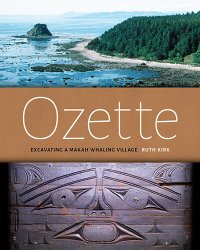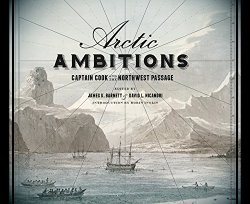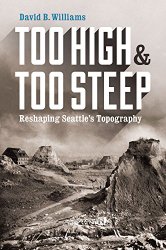Makah families left the coastal village of Ozette in the 1920s to comply with the federal government’s requirement that they send their children to school, and by doing so they ended nearly two thousand years of occupation at this strategic whale- and seal-hunting site on Washington’s Olympic Peninsula. Archaeologist Richard Daugherty took note of the site in a …
University of Washington Press
Fred Korematsu’s decision to resist F.D.R.’s Executive Order 9066, which provided authority for the internment of Japanese Americans during World War II, was initially the case of a young man following his heart: he wanted to remain in California with his white fiancée. However, he quickly came to realize that it was more than just a personal choice; …
Captain James Cook is justly famous for his explorations of the southern Pacific Ocean, but his contributions to the exploration of the northern Pacific and the Arctic are arguably equally significant. On his third and final great voyage, Cook surveyed the northwest American coast in the hopes of finding the legendary Northwest Passage. While dreams of such a …
Yup’ik Elders at the Ethnologisches Museum Berlin: Fieldwork Turned on Its Head
Norwegian adventurer Johan Adrian Jacobsen collected more than two thousand Yup’ik objects during his travels in Alaska in 1882 and 1883. Now housed in the Berlin Ethnological Museum, the Jacobsen collection remains one of the earliest and largest from Alaska’s Yukon-Kuskokwim Delta. When Ann Fienup-Riordan first saw the collection being unpacked in 1994, she was “stunned to find …
Residents and visitors in today’s Seattle would barely recognize the landscape that its founding settlers first encountered. As the city grew, its leaders and inhabitants dramatically altered its topography to accommodate their changing visions. In Too High and Too Steep, David B. Williams uses his deep knowledge of Seattle, scientific background, and extensive research and interviews to illuminate …




